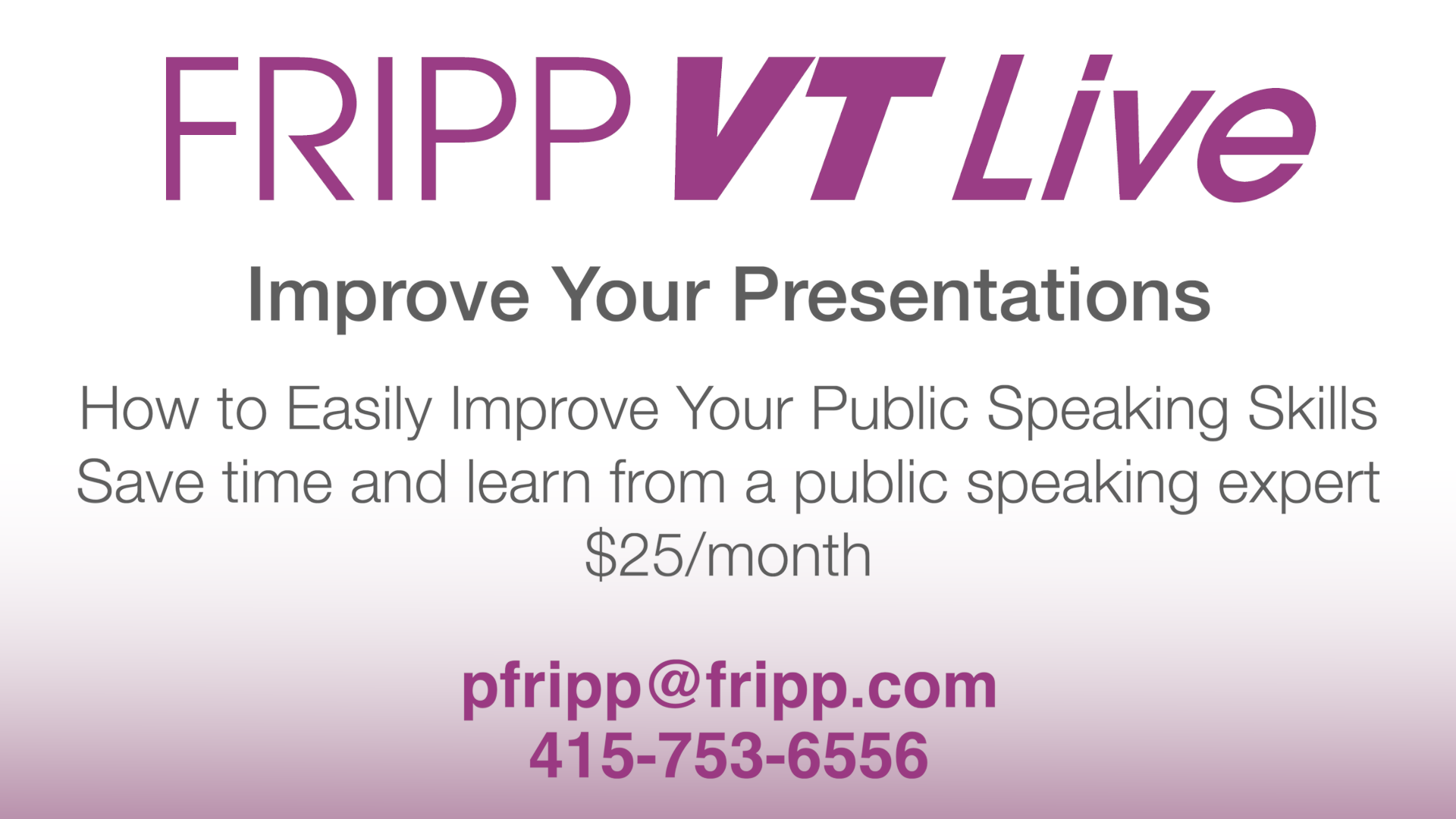Back in 2001, at the Toastmasters International Convention, I was invited to deliver the opening keynote speech. In this 10-segment series, you will view the anatomy of a keynote presentation.
You will notice I have made comments on how I would give advice to the 2001 speaker, me! This is segment 3 of 10.
“Just because I gave you a structure and a formula, please do not think for one moment that every speech is the same. There are many theatrical choices within this outline.
“How about four different ways you can open the speech? What I opened with was a statement: ‘It never ceases to amaze me.’
One of the most dramatic statements I ever heard was five years ago. I was speaking for the Young Presidents’ Organization. One of the other speakers, Newt Gingrich, walked out. Forget politics. It was a heck of an opening. Five years later, I remember exactly what he said without having written it down. He walked out and said, ‘If you were born today, you already owe $186,000 to pay your share of the national debt.’
Lesson: Open with a statement or interesting statistic.
“Again, I challenge you. Would an audience that heard you speak five years ago remember your opening? How about opening with a quote? As the great philosopher, Raquel Welch said, ‘Style is being yourself, but on purpose.’ Every time you stand up to address an audience, you must be yourself, but slightly larger than life – in other words, on purpose.
“Notice that by opening with a quote, I did not say, ‘I would like to start my speech with a quote, and I am going to quote a movie star for dramatic comic effect.’ No, no, no. Just say the quote. Just do it. Edit to the nub.
Lesson: Open with a quote that is uncommon
Lesson: Don’t say, “I will now quote . . . ” Just deliver the quote.
“You could start with a bold claim. ‘In the next 45 minutes, I’m going to teach you more about speaking than you could learn in a college course.’ If you start your speech with a bold claim, make sure you can follow through. Don’t promise something you can’t do.”
“Of course, one of the favorite ways to start a speech is with a story. The story must always tie into what are you talking about, you or the situation that you’re in. Let’s pretend I started this speech with a story. Please give me short applause, and I’ll start again. ‘Here’s Patricia Fripp to speak.’
“I hope you like conferences as much as I do because I spend my life at them. A few years ago, 27 other speakers and I were in San Diego for a meeting. After the meeting, we went out to dinner, and after dinner, we decided we’d like ice cream. We turned up at Baskin Robbins at exactly 9:00 PM as the manager was turning around the Closed sign.
“Well, you could tell he was the manager: 16 years old, little white jacket, and a cap. One of my pals walked up, knocked on the door, and said, ‘Excuse me. 28 people for ice cream, 10 minutes work.’ The kid said, ‘Sir, we’ve closed.’ My friend looked through the glass door, saw two other kids, and thought, ‘Well, it’s three kids working for minimum wage, I’ll make them an offer.’ He said, ‘$30 for you three in the sale of 28 ice creams.’
“They huddled, a focus group to study the problem. The kid came back and said, ‘Could you make it $40?’ We would have settled for $30, but being sales trainers, we really appreciated that he tried to get more. That young man realized two things (I would now say ‘important lessons’) that I don’t want you to ever forget. One, life is a series of sales situations. And two, the answer is no if you don’t ask.’
Lesson: Thing is non-specific, what do we really mean?
“And we are here this evening selling you on the concept that even the most dedicated Toastmasters can be more effective in preparing and presenting powerful programs by understanding in depth the three necessary ingredients of a presentation.
“Don’t tell a story unless it ties in. You now have four ways that you might use to start a speech.”
Lesson: Every speech can be considered three speeches.
The one you prepare, the one you deliver, and your next improved presentation, if you review.
Lesson: When reviewing your own presentations, always pretend it is another speaker, not yourself.
As I look at the script of this speaker, I would recommend not beginning with “Now,” “But,” “And,” or “Well.” Lucky for us all, if the audience loves you, they will forgive you almost anything. This, as you can tell, was a kind and generous audience.
“Fripp! You did an amazing job at the Award’s Red-Carpet event. You could explain how ants crawl across the ground and it would be marvelous and entertaining! It was so obvious you put hours of effort, energy, and hours into the presentation and it showed. Great job!!!” Steve Spangler, Hall of Fame Speaker, Best-Selling Author.
“Your talents as a speech coach have helped me craft my story so well I have delivered it on the MDRT main platform 3 times as well as countless other stages around the globe. Always your raving fan.” John Nichols, President, Acrisure Insurance Wholesale Solutions
FrippVT Live: Get a front-row seat to Fripp’s live recorded speeches.

